One of our favourite Italian artists from Tuscany is the the great Italian Renaissance painter and draughtsman Botticelli, worldwide known mainly for the Birth of Venus and The Spring, two masterpieces which keep on fascinating though they’ve not completely explained yet.
Sandro Botticelli (entire name: Alessandro di Mariano di Vanni Filipepi) was born in Florence in 1445. Apprentice of Filippo Lippi, Botticelli in mentioned as an independent master for the first time in 1470, when he also executed his first dated painting, named Fortitude, where the characters appear typically displayed as melancholy and thoughtful.
Botticelli continued using his early style after 1480, but a new method soon emerged in frescoes such as St. Augustine in the Church of the Ognissanti, Florence, where he showed an interest with the construction of stage-like spaces and stiffer figures.
He became really rich and famous in his middle years, due to the Medici family’s patronage. At the court of Lorenzo the Magnificent, artists and intellectuals gathered together, with the mission to recreate the past and relive it through translating and comprehending the works of Virgil, Homer and Hesiod.
During that time, he was also asked by the Papacy to travel to Rome in order to paint parts of the Sistine Chapel. Despite having destroyed many of his paintings after he became a follower of the Florentine work Savonarola, he remained in Florence and continued to be known as one of the best painters of altarpieces.
Despite his success, the arrival of Leonardo Di Vinci and Michelangelo on the artistic landscape further pushed Botticelli’s work from the spotlight.
After he became crippled, in his later years his reputation was in decline, and by the time of his death, in 1510, and he was really poor.
The fame of the artist was overshadowed by names and works of other important painter, such as Perugino, Michelangelo and Raphael, until the reassessment of his reputation – not even 150 years ago!
Among the many paintings of the artists, the Birth of Venus and The Spring have entered the collective visual imagination as the essence of the Renaissance. This style incorporated Neo-Platonism, a method that helped him appeal to many tastes by including Christianity and paganism in his works. You can admire both at the Ufizi museum
The Spring (1482), commissioned by the Medici family and hung in the bedroom of a bride of one its members, as the years have gone by had been interpreted in several ways. This work has a humanistic nature and most analysts agree that the central theme is one of love and marriage.
In the scene, we can see Zephyrus who kidnaps and possesses the nymph Chloris, whom he later marries and transforms into a deity, Flora; Venus presides over the garden – an orange grove (a Medici symbol). The Graces accompanying her (and targeted by Cupid) bear jewels in the colours of the Medici family, while Mercury’s caduceus keeps the garden safe from threatening clouds.
The Birth of Venus (1484) was commissioned by Lorenzo de’ Medici and it was taken from the verses by one of his favourite humanist poets, Angelo Poliziano. The story tells about Venus’s creation, pushed along by the Gods of the winds, Zephyr and Aura, who on the first day of creation elevated this shell bearing Venus’ triumphant nudity from the unknown depths of the sea.
One of the Graces, in the name of all three, is there to cover Venus’ nudity and transforming her into the mother and patron saint of all the forces of creation. Venus is in the process of landing on a shore covered by laurel and myrtle trees.
Besides the Birth of Venus and The Spring, the Uffizi gallery host more than twenty works by Botticelli from each of his period, among which three altarpieces, the Cestello Annunciation, the Adoration of the Magi, Pallas and the Centaur and the Calumny of Apelles.
…and that’s not all: you can find more works by Botticelli, belonging to different phases of the artist, in other collections and places of the city: that’s why it’s also worth a visit the Palatine Gallery, the Accademia Gallery and the Basilica church of Santa Maria Novella.



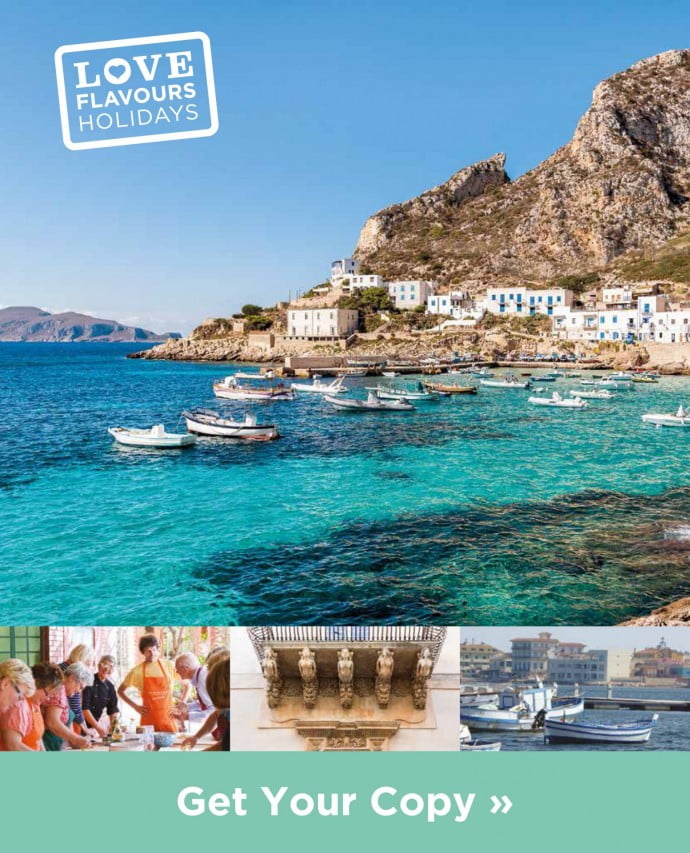
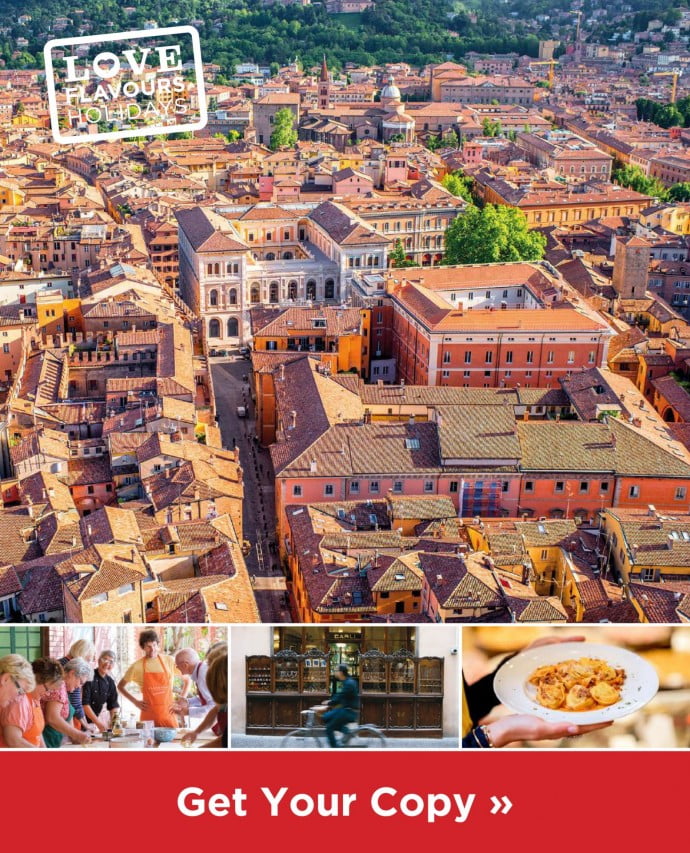
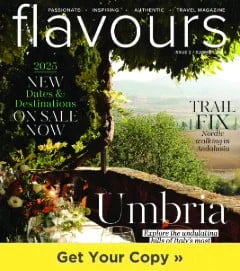


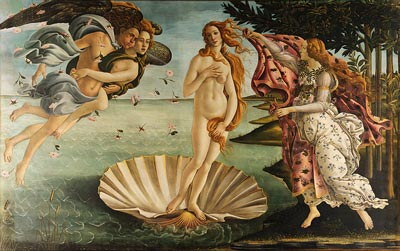
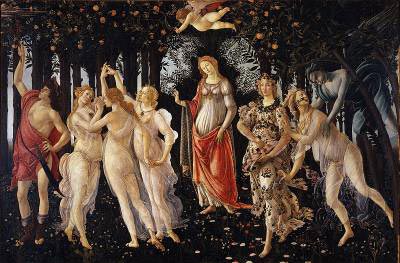
Join the Discussion